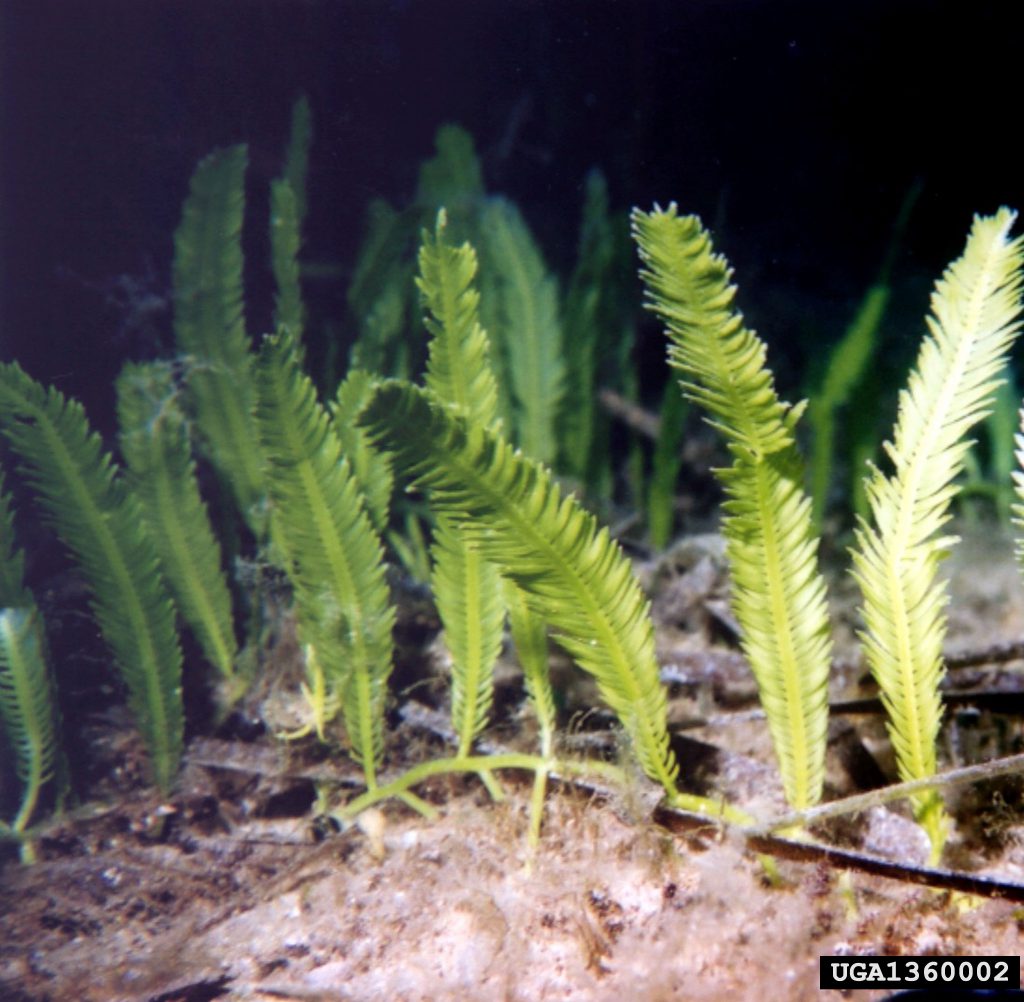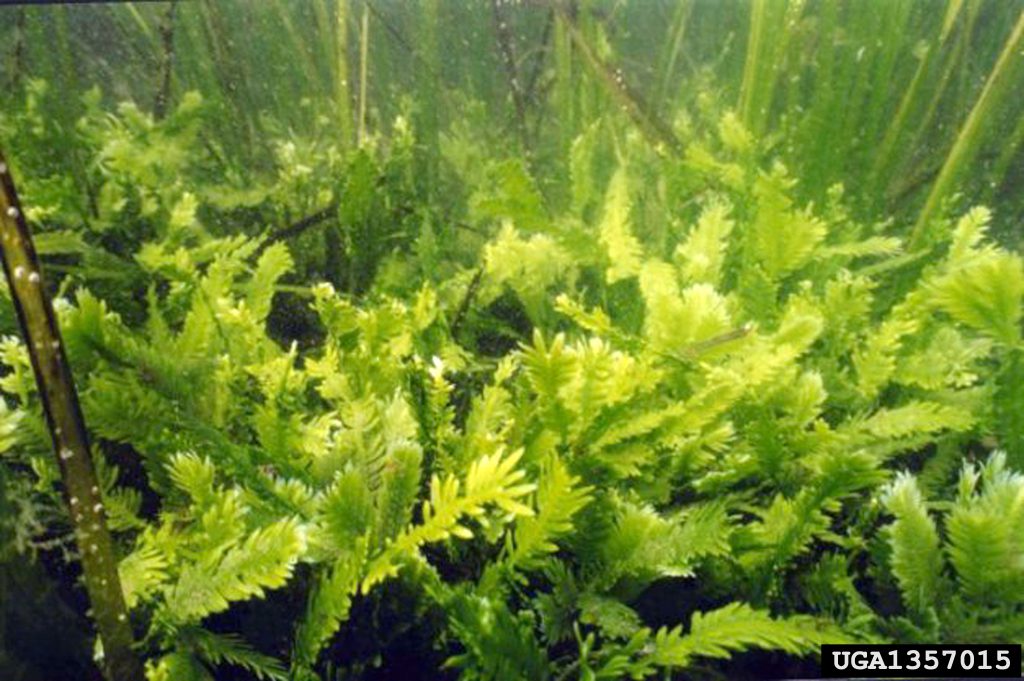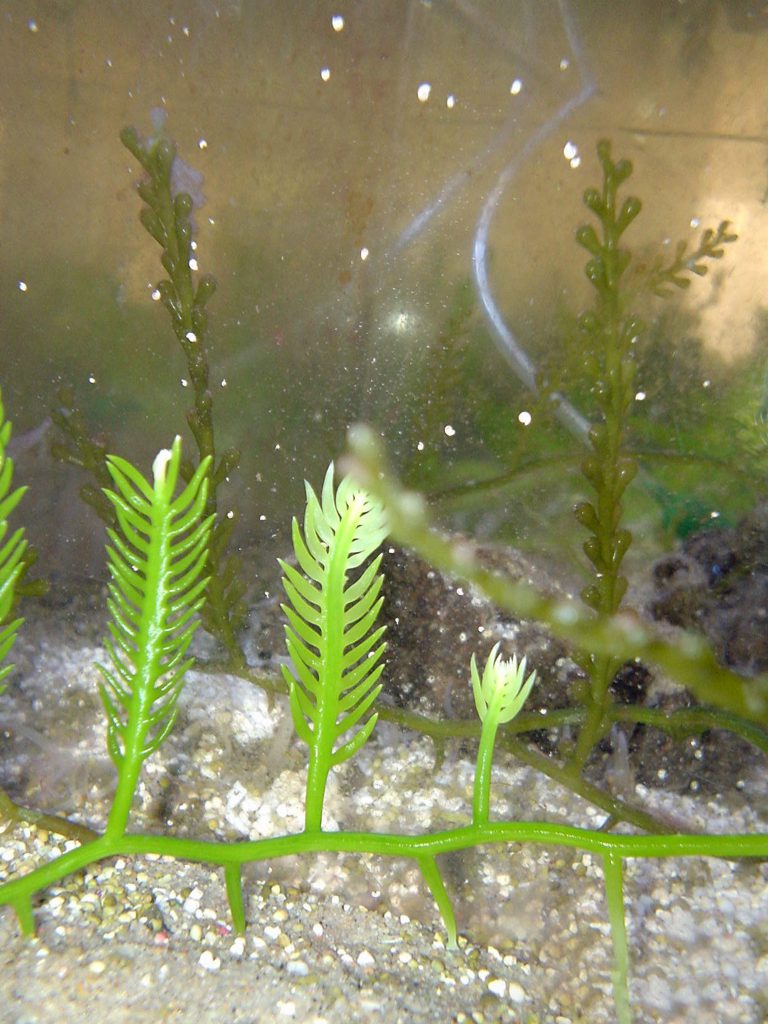Scientific name: Caulerpa taxifolia
What Is It?
Caulerpa seaweed (Caulerpa taxifolia) is native to the Caribbean Sea and the Indian Ocean. It is a bright green, marine alga popular as a saltwater aquarium plant. Called “killer algae,” it is known as the algae that took over the Mediterranean Sea.
Is It Here Yet?
No, but California recently spent $7 million to eradicate two small infestations in its southern waters. In 2023, another introduction was found in southern California, and eradication efforts are underway. Although scientists consider caulerpa a tropical species, it can survive many months in cooler waters. Like many invasive species, it is highly adaptable.
Why Should I Care?
In the Mediterranean Sea, caulerpa has infested thousands of acres of seafloor. It devastated the environment by overgrowing and eliminating native sea grasses, reefs, and other native communities. It has harmed tourism, recreational diving, and commercial fishing. If caulerpa adapts to the cooler waters of Puget Sound, it could have devastating impacts to Washington.
How Can We Stop It?
Do not dump the contents of any aquarium into marine or fresh waters. Do not buy, plant, or trade this species. Although the federal government lists Caulerpa taxifolia on the federal noxious weed list, there are other caulerpa species for sale. Do not buy caulerpa online. Please see more information here for aquarium owners or see our “Dont Let it Loose” campaign page.
What Are Its Characteristics?
- Bright green.
- Long, running stem, which extends out at multiple locations from the main patch.
- Large, divided leaf-like structures grow upright. They have a rubbery texture and hold their shape out of water.
- Secured to the ground with fine hairs.
How Do I Distinguish It From Native Species?
Caulerpa may sometimes be confused with the following:
- Codium sp. (Deadman’s fingers)
- Bryopsis sp. (Sea fern)
- Corallina sp.
- Enteromorpha sp. (Hollow green weed)
- Fucus sp. (Bladder wrack)
- Ulva sp. (Sea lettuce)
Additional Photographs


